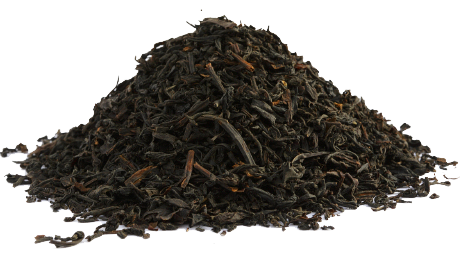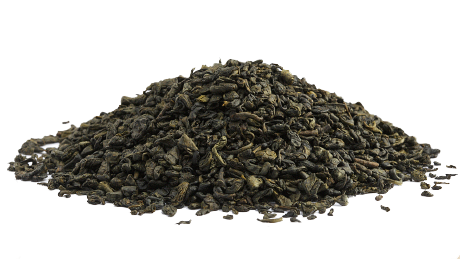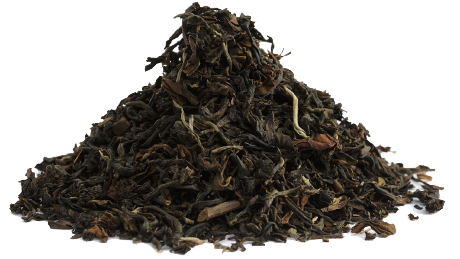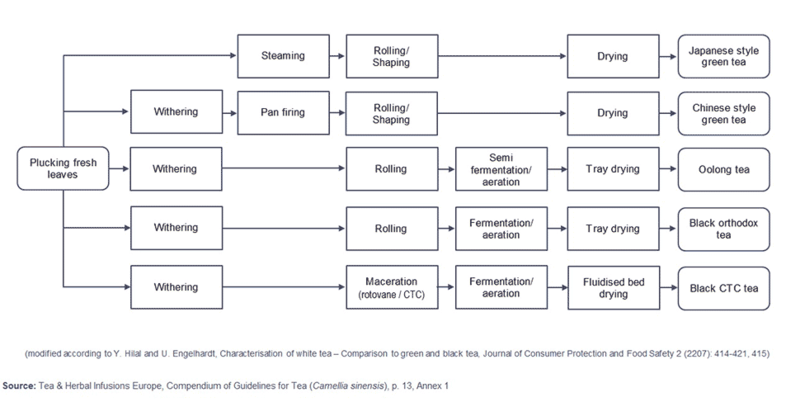Types of tea
All types of tea derive from the same plant, the tea plant Camellia sinensis L. Kuntze. Depending on the further processing of the plucked tea leaves, a broad variety in types of tea can be produced. The most commonly produced types are black tea, green tea and oolong tea.
Black tea
On arrival at the factory, the plucked leaf is spread on large trays or racks, and is left to wither in the open air. The moisture in the leaf evaporates in the warm air leaving the leaves flaccid. This process can take between 10 to 16 hours, depending on the wetness of the leaf. The withered leaf is broken by machine so that the natural juices, or enzymes, are released and on contact with the air fermentation/aeration takes place. There are two methods for breaking the leaf. In the "Orthodox" processing procedure, the breaking of the leaf is done by rolling machines, while in the faster CTC (cut, tear and curl) process, the leaf is macerated.
The broken leaf is laid out either on trays or in troughs in a cool, humid atmosphere for 3-4 hours for fermentation/aeration and is gently turned every so often throughout the period until the process is complete. Afterwards the tea is passed through drying machines. Finally, the ready-made tea is sieved in order to sort it according to leaf grades and packed in sacks or chests.

Green tea

For green tea manufacture, the withered leaf is steamed (Japanese style) or pan fired (Chinese style) and rolled before drying. This is done to prevent the veins in the leaf breaking and thus stopping any fermentation/aeration of the leaf.
The ready-made green tea is then also sieved in order to sort it according to leaf grades and packed in sacks or chests.
Oolong tea
Oolong tea is a semi-fermented tea. It follows the same process as black tea, but the fermentation/aeration period is cut down to half the time, about 1-2 hours, before it is fired or dried. Drying is made in trays.
The ready-made oolong tea is then also sieved and sorted according to leaf grades and packed in sacks or chests.
There are further types of tea made from Camellia sinensis where other forms of processing/special treatments may be used, namely white tea (non-fermentation/aeration), yellow tea (part-fermentation/aeration), pu-erh tea (post-fermentation/aeration).

Tea Processing
Examples of major types of tea and corresponding steps of production:

